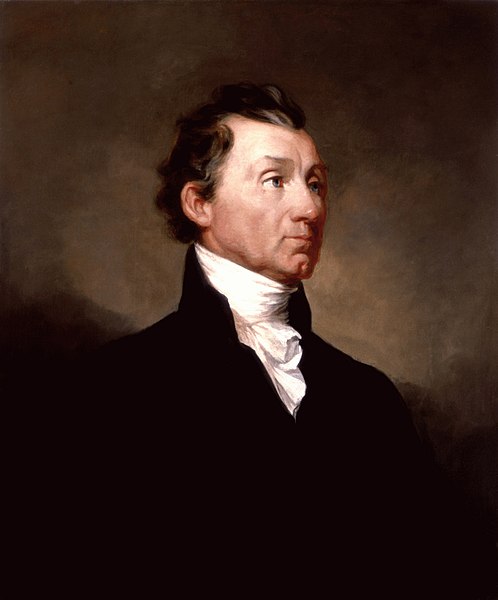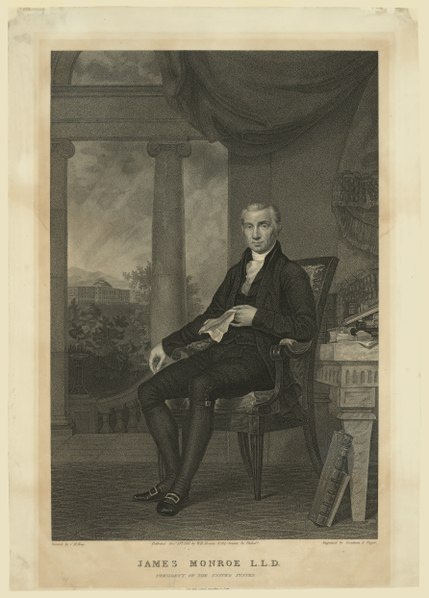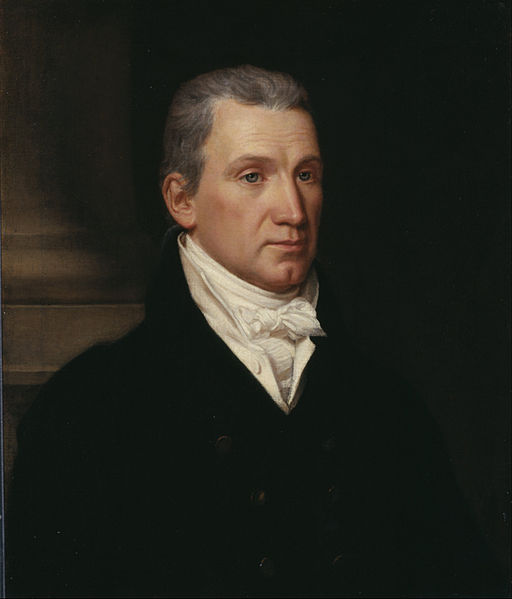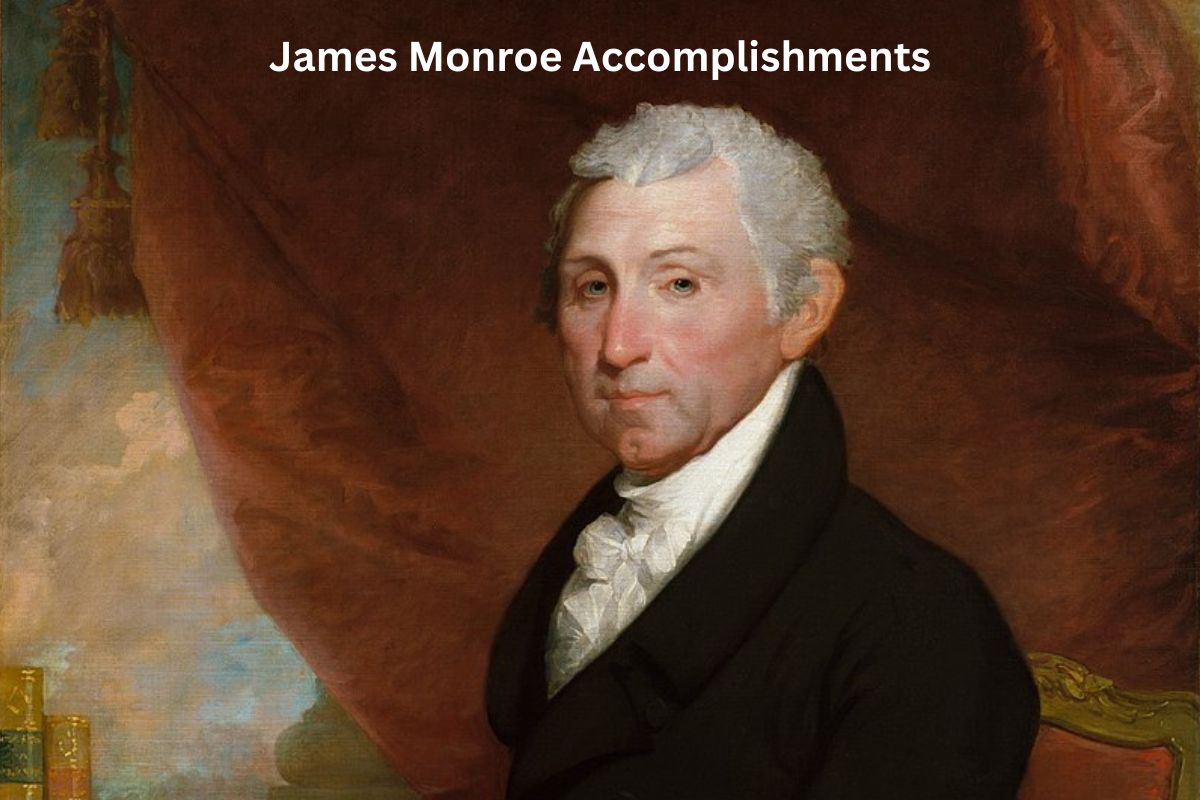James Monroe, the fifth President of the United States, served from 1817 to 1825 and left a lasting legacy on the nation.
His presidency was marked by significant accomplishments and achievements, including the articulation of the Monroe Doctrine, the resolution of territorial disputes through the Adams-Onís Treaty, and the promotion of internal improvements and infrastructure development.
In this overview, we will delve into ten key accomplishments and contributions of James Monroe during his time in office.
Accomplishments of James Monroe
1. Monroe Doctrine (1823)
The Monroe Doctrine is one of James Monroe’s most significant accomplishments. In his annual message to Congress in 1823, Monroe declared that the Western Hemisphere was closed to further colonization by European powers.
Also Read: Facts About James Monroe
He asserted that any attempt by European nations to interfere in the affairs of newly independent countries in the Americas would be seen as a threat to the United States.
This policy was largely aimed at preventing European intervention in the newly liberated Latin American nations and protecting American interests in the region.

2. Missouri Compromise (1820)
The Missouri Compromise was a pivotal piece of legislation during Monroe’s presidency. It was a response to growing sectional tensions between slave and free states.
When Missouri applied for statehood as a slave state, it threatened to upset the balance of power in Congress. To maintain this balance, the compromise admitted Missouri as a slave state and Maine as a free state simultaneously.
Additionally, it established a geographical line, the 36°30′ parallel, to determine future slavery decisions in the Louisiana Purchase territory. This compromise aimed to temporarily defuse the slavery issue, but it ultimately contributed to the deeper divisions that led to the Civil War.
3. Adams-Onís Treaty (1819)
The Adams-Onís Treaty, also known as the Transcontinental Treaty or the Florida Purchase Treaty, was negotiated during Monroe’s presidency and signed in 1819. This treaty resolved several long-standing disputes between the United States and Spain.
Also Read: Timeline of James Monroe
It resulted in Spain ceding Florida to the United States, settling the boundary between the Louisiana Purchase and Spanish territories, and establishing the western boundary of the United States.
The acquisition of Florida was particularly significant as it put an end to Seminole Indian raids and established a more secure southern border for the United States. The treaty marked a significant expansion of U.S. territory and contributed to the nation’s westward expansion.
4. Purchase of Florida (1819)
During Monroe’s presidency, the United States acquired the territory of Florida from Spain through the Adams-Onís Treaty of 1819. The acquisition of Florida was significant for several reasons.
- First, it resolved ongoing border disputes between the United States and Spain, which had been a source of conflict and tension for many years.
- Second, it put an end to Seminole Indian raids and conflicts along the southern border of the United States, improving security in the region.
- Third, it opened up new opportunities for American settlement and economic development in the southeastern part of the country.
Overall, the purchase of Florida was a diplomatic success for Monroe’s administration and contributed to the nation’s territorial expansion.

5. Treaty of 1818
The Treaty of 1818, negotiated during Monroe’s presidency, was an agreement between the United States and Great Britain. This treaty addressed several important issues between the two nations.
It established the northern boundary of the Oregon Territory at the 49th parallel, which would later become the U.S.-Canada border from the Great Lakes to the Rocky Mountains.
Additionally, the treaty allowed for joint occupation of the Oregon Territory for ten years, providing a period of peaceful coexistence in the region. The treaty also resolved some fishing rights disputes off the coast of Newfoundland.
Overall, the Treaty of 1818 helped improve relations between the United States and Britain and provided clarity on territorial boundaries in North America.
6. Establishment of the Second Bank of the United States (1816)
During Monroe’s presidency, the Second Bank of the United States was rechartered in 1816. This was a significant achievement as it played a crucial role in stabilizing the nation’s economy.
The bank served as a central institution for managing the country’s finances, regulating the money supply, and providing a sound currency.
It helped standardize the country’s currency by issuing banknotes that were widely accepted and promoted economic stability by controlling inflation and preventing excessive speculation.
While the bank was a source of controversy and political opposition, its establishment contributed to the economic prosperity of the United States during the “Era of Good Feelings” that characterized Monroe’s presidency.

7. Founding of the American Colonization Society (1816)
James Monroe was one of the founding members of the American Colonization Society (ACS) in 1816. The ACS was established with the goal of addressing the issue of slavery by promoting the voluntary emigration of free African Americans to Africa, particularly to the colony of Liberia.
Monroe supported this initiative as a means of addressing the growing population of free African Americans in the United States and addressing the racial and social challenges they faced.
While the ACS had mixed success and was controversial, it reflected Monroe’s commitment to finding solutions to the complex issues related to slavery and race in America.
8. Acquisition of the Florida Territory
As mentioned earlier, Monroe’s administration successfully negotiated the Adams-Onís Treaty in 1819, leading to the acquisition of the Florida Territory from Spain.
This acquisition was essential for several reasons. It put an end to Seminole Indian raids and conflicts along the southern border of the United States, improving security in the region.
It also resolved border disputes and established clear territorial boundaries. Florida’s acquisition contributed to the nation’s expansion and enhanced its control over a strategically important region.
9. Era of Good Feelings
The “Era of Good Feelings” is a term often associated with James Monroe’s presidency. It referred to a period of relative political harmony and unity in the United States, characterized by reduced political polarization and a decline in partisan strife.
During this time, there was a sense of national pride and optimism, largely due to the conclusion of the War of 1812 and a period of economic growth and expansion.
While not entirely free of challenges and disagreements, this era marked a period of relative domestic tranquility in American politics.
10. Infrastructure and Internal Improvements
James Monroe supported internal improvements and infrastructure development during his presidency. He advocated for investments in transportation, such as the construction of roads and canals, to facilitate westward expansion and economic growth.
Monroe believed that a robust infrastructure network would strengthen the nation’s economy, improve transportation of goods and people, and promote unity among the states.
While significant progress in infrastructure development occurred during subsequent presidencies, Monroe’s support for these projects laid the groundwork for future expansion and economic development in the United States.
